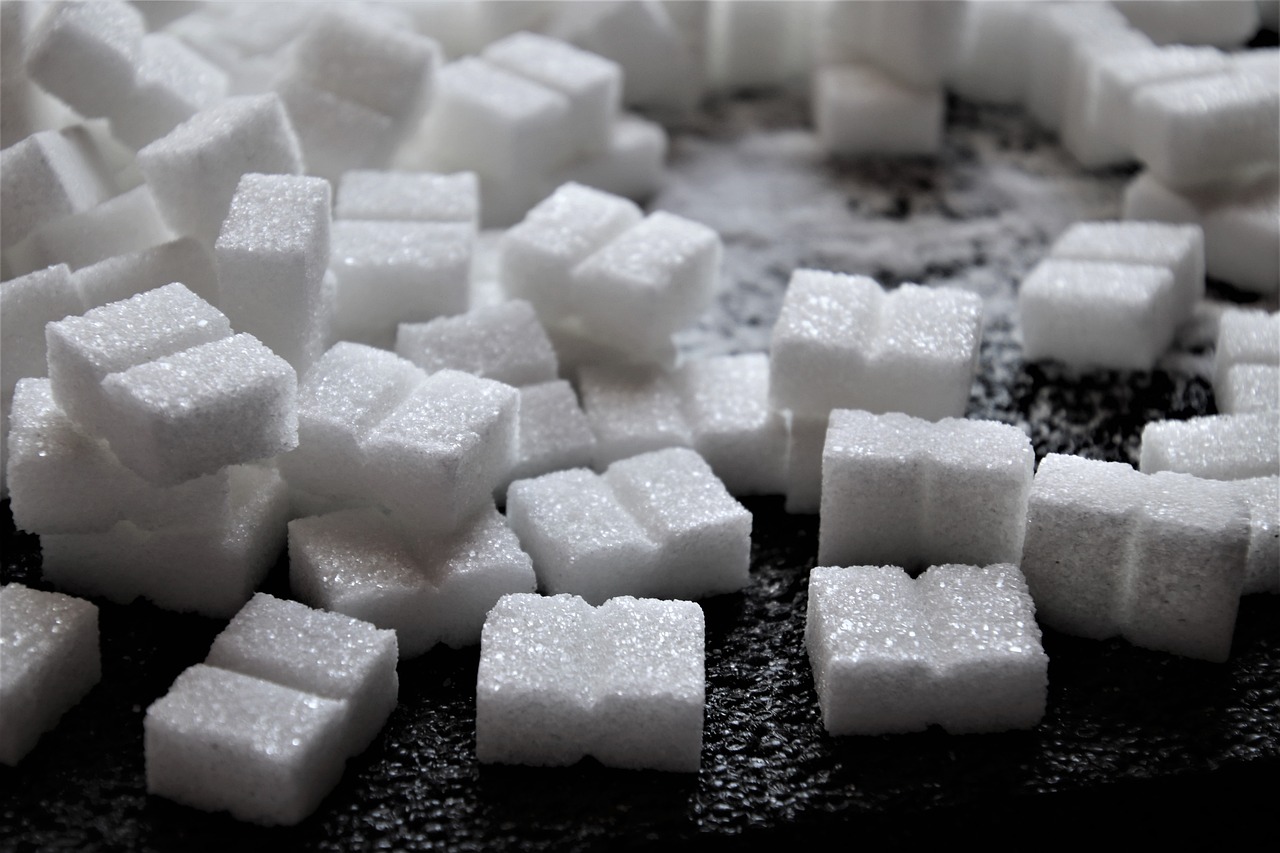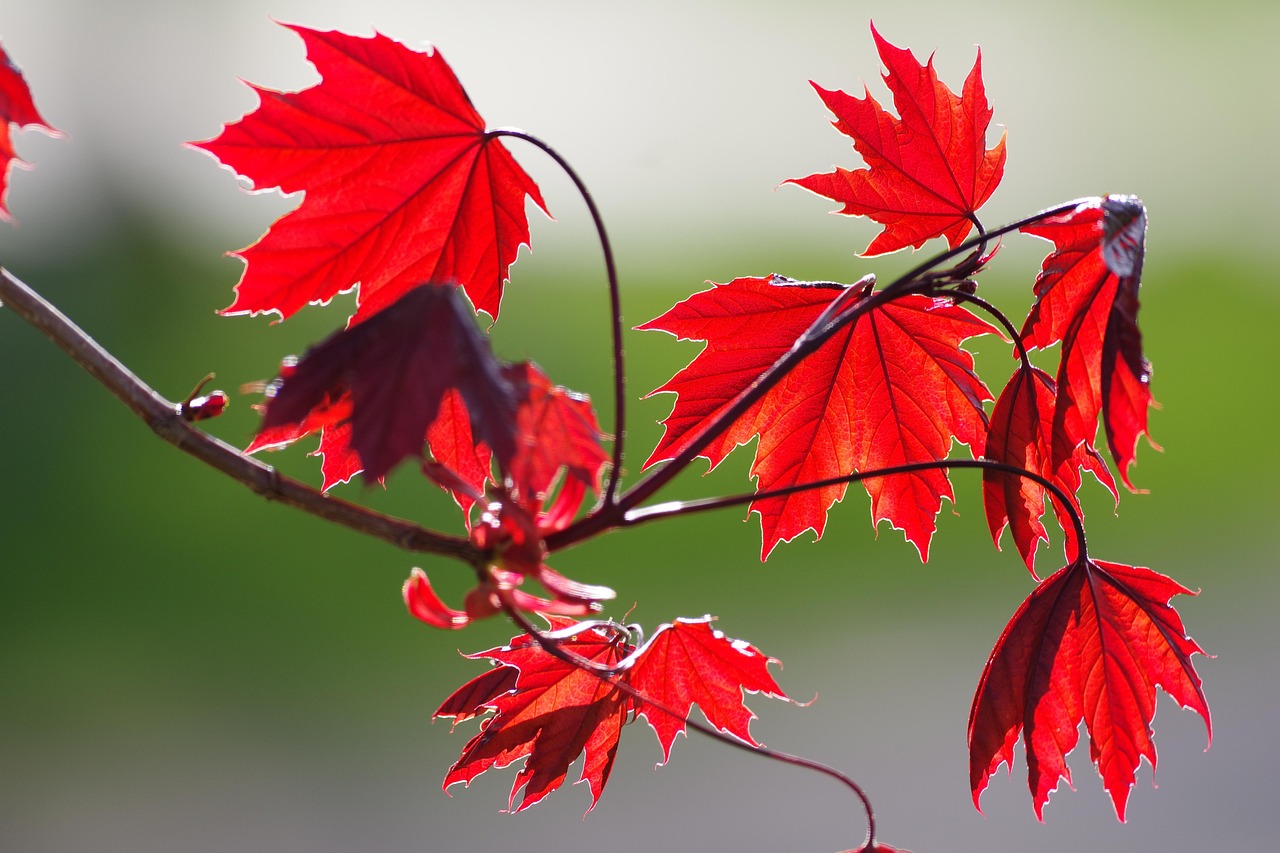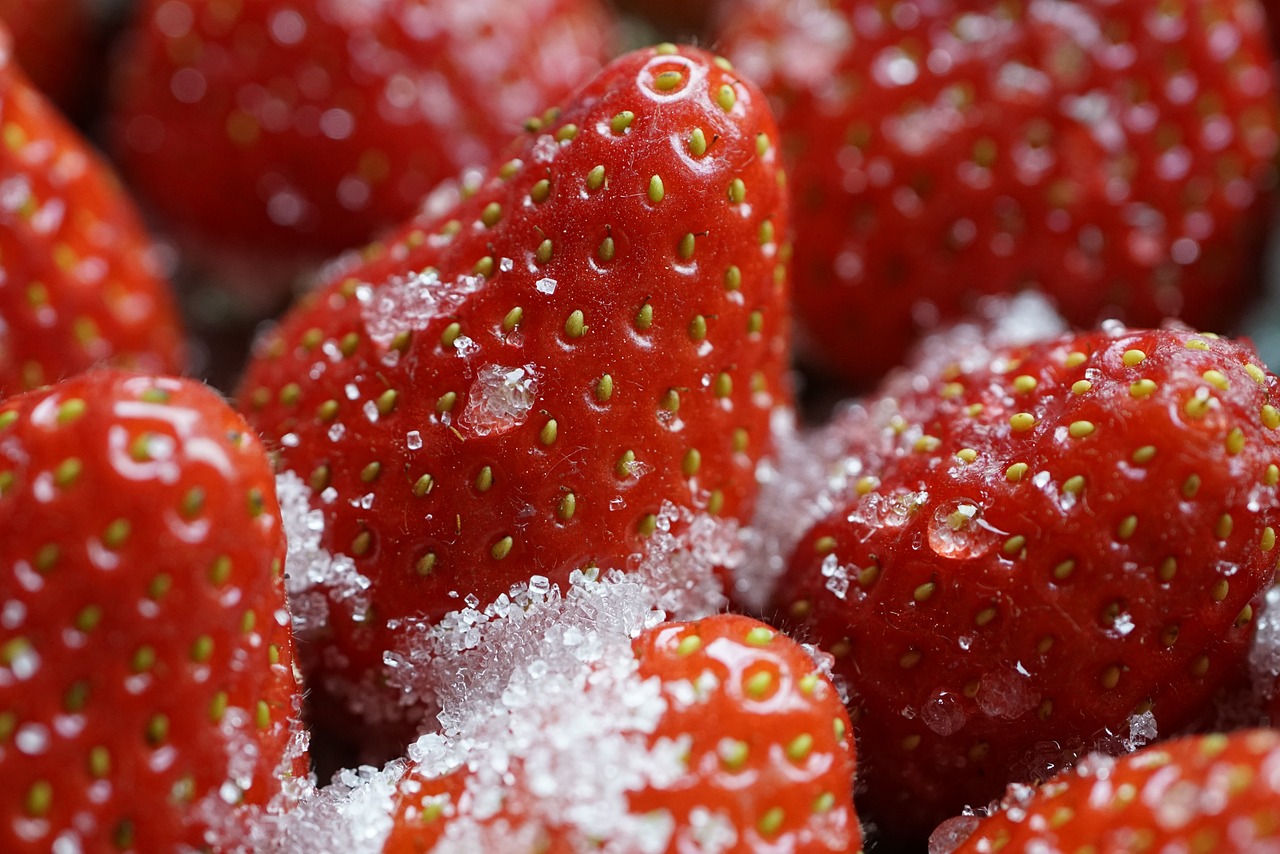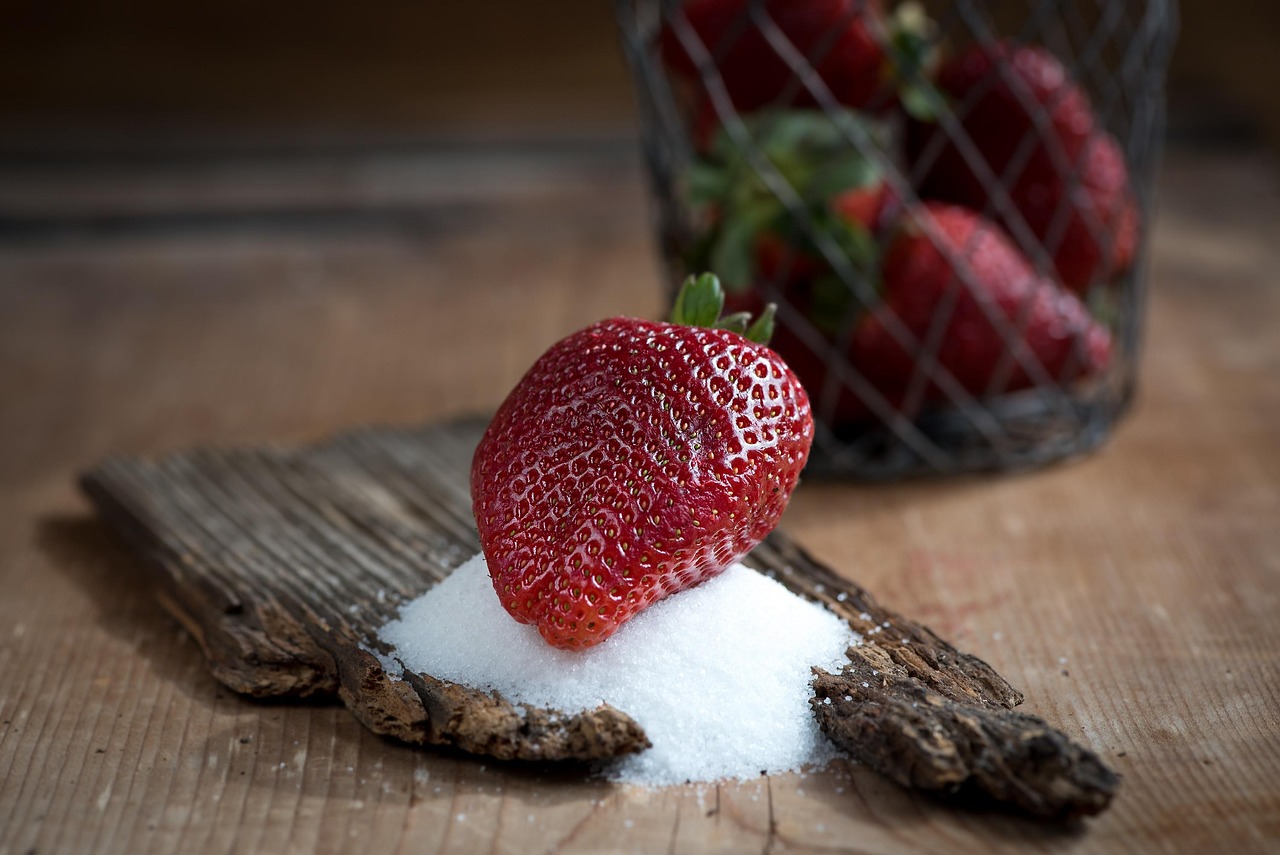Sugar maples are indeed capable of producing high-quality syrup. The sap from these trees is rich in sugar content, making it ideal for syrup production, especially when harvested at the right time during the sugaring season.
Understanding Sugar Maples and Their Role in Syrup Production

Sugar maples, scientifically known as Acer saccharum, are native to North America. They thrive in the northeastern United States and parts of Canada. These trees are well-known for their stunning fall foliage and are a vital source of maple syrup. The syrup is derived from the sap collected from the trees in early spring, a process that has been cherished by many cultures for generations.
The sap of sugar maples is approximately 2% to 3% sugar. This percentage is significantly higher compared to other maple species, such as red maples or silver maples, which typically contain lower sugar concentrations. This higher sugar content is what makes sugar maples so desirable for syrup production.
During the sugaring season, which usually occurs between late winter and early spring, temperatures fluctuate between freezing at night and above freezing during the day. This temperature variation causes the sap to flow from the tree. When tapped correctly, sugar maples can produce a substantial amount of sap over several weeks.
Key Characteristics of Sugar Maples
Several characteristics make sugar maples particularly suited for syrup production. Understanding these traits can help in selecting the right trees for tapping. Below is a table outlining some key features of sugar maples.
| Characteristic | Description |
|---|---|
| Sugar Content | 2% to 3% sugar in sap. |
| Ideal Growing Conditions | Moist, well-drained soils with full sun. |
| Tree Lifespan | Can live over 200 years. |
| Bark Texture | Grayish-brown with vertical fissures. |
In addition to their sugar content, sugar maples are also valued for their wood. The hardwood is strong and durable, making it useful for furniture and flooring. However, when it comes to syrup production, the focus remains on the sap.
The process of collecting sap involves tapping the trees. A small hole is drilled into the trunk, and a spout is inserted to allow the sap to flow into a collection container. As this process is done sustainably, it does not harm the tree if done properly. The collected sap can then be boiled down to create maple syrup, concentrating its natural sweetness.
Maple syrup production is not just an agricultural practice; it is a cultural tradition. Many families pass down the knowledge and techniques used for tapping sugar maples from generation to generation. This practice not only highlights the importance of sugar maples but also emphasizes their role in creating memories and connections within communities.
The Maple Syrup Production Process
The journey from sap to syrup is a fascinating process that involves various steps. Understanding this process can enhance appreciation for the hard work that goes into producing maple syrup. Below, we outline the key stages involved in making syrup from sugar maple sap.
1. Tapping the Trees
The first step in syrup production is tapping the trees. This requires a few essential tools, including:
- Drill
- Tapping spouts
- Collection buckets or tubing
To tap a sugar maple, a hole is drilled into the trunk at a slight upward angle. The hole should be about 1.5 to 2 inches deep. After drilling, a spout is inserted into the hole, allowing the sap to flow out and into a collection container. It’s important to ensure that the tree is healthy and of sufficient size, ideally at least 10 inches in diameter, before tapping.
2. Collecting the Sap
Sap collection can be done using buckets hung on the spouts or through a tubing system that connects multiple trees. The tubing method is often more efficient, as it allows for gravity to help transport the sap directly to a central collection point.
The sap flows best during the sugaring season when temperatures fluctuate between freezing at night and above freezing during the day. On warmer days, the sap can flow freely, while cold nights help to build pressure in the tree.
3. Boiling Down the Sap
Once enough sap has been collected, it is time to boil it down. This step is crucial as it concentrates the sugar and transforms the watery sap into syrup. The boiling process typically takes place in a sugarhouse using large evaporators. Here are some important points about this stage:
- It takes about 40 gallons of sap to produce 1 gallon of syrup.
- The boiling process can take several hours, depending on the amount of sap collected.
- As the sap boils, water evaporates, and the sugar content increases.
During boiling, it’s essential to monitor the temperature closely. Maple syrup is ready when it reaches 219°F, which is about 7°F above the boiling point of water.
4. Filtering and Bottling
After boiling, the syrup must be filtered to remove impurities such as sugar sand, which can affect its clarity and flavor. This is often done using special filters or cheesecloth. Once filtered, the syrup is bottled while still hot to ensure proper sealing.
5. Storage and Quality Control
Proper storage is vital for maintaining syrup quality. Maple syrup should be stored in a cool, dark place. Unopened bottles can last for years if kept in ideal conditions. Once opened, it’s best to refrigerate syrup and consume it within a few months.
Quality control is also an essential part of the syrup production process. Producers often test their syrup for color and taste, ensuring it meets specific standards before sale. Maple syrup grades are determined based on these factors:
- Color: Light golden to dark amber tones indicate different flavor profiles.
- Taste: The intensity of flavor varies based on the time of season and processing methods.
The Cultural Significance of Maple Syrup
Maple syrup production is deeply rooted in North American culture, particularly among Indigenous peoples and early settlers. For many communities, this tradition goes beyond mere production; it represents a connection to nature and heritage.
The season of tapping trees often brings people together for communal gatherings known as “sugar shacks.” These events celebrate the arrival of spring and feature activities like sap boiling, cooking demonstrations, and tastings of various maple products.
Mor

eover, local economies benefit significantly from maple syrup production. Many regions promote maple festivals to attract tourists, further enhancing community ties and economic growth.
Health Benefits of Maple Syrup
In

addition to its cultural significance, maple syrup also offers a variety of health benefits. As a natural sweetener, it is often viewed as a healthier alternative to refined sugars. Understanding these benefits can help consumers appreciate maple syrup beyond its delightful taste.
Nutritional Profile
Maple syrup contains several essential nutrients that contribute to its health benefits. While it is still a form of sugar and should be consumed in moderation, it provides more than just empty calories. Here are some noteworthy components found in maple syrup:
- Vitamins: Maple syrup contains small amounts of vitamins, including B vitamins like riboflavin and niacin, which are vital for energy metabolism.
- Minerals: It is a good source of minerals such as manganese, zinc, calcium, and potassium. Manganese is essential for bone health and metabolism.
- Antioxidants: Maple syrup contains antioxidants that help combat oxidative stress in the body. These antioxidants can contribute to overall health by reducing inflammation.
Lower Glycemic Index
Another aspect that makes maple syrup appealing is its lower glycemic index (GI) compared to refined sugars. The glycemic index measures how quickly a food raises blood sugar levels. Foods with a lower GI value cause a slower, more gradual increase in blood sugar levels, which can be beneficial for individuals managing their blood sugar.
Maple syrup has a GI value of around 54, whereas table sugar has a GI of approximately 60-65. This means that maple syrup may be a better option for those looking to maintain steady energy levels without sudden spikes in blood sugar.
Using Maple Syrup in Cooking and Baking
Maple syrup is not only delicious but also versatile in the kitchen. It can be used in various recipes, enhancing flavors while providing natural sweetness. Here are some popular ways to incorporate maple syrup into your meals:
1. Breakfast Dishes
Maple syrup is a classic topping for pancakes and waffles. However, it can also be used creatively in other breakfast items:
- Oatmeal: Drizzle maple syrup over oatmeal for added sweetness.
- Smoothies: Blend maple syrup into smoothies for a natural sweetener that complements fruits.
2. Marinades and Dressings
Maple syrup can add depth to sauces and marinades. It pairs well with savory ingredients, balancing flavors beautifully:
- Marinades: Combine maple syrup with soy sauce, garlic, and ginger for a flavorful marinade for meats.
- Dressings: Mix maple syrup with vinegar and olive oil for a delicious salad dressing.
3. Desserts
The natural sweetness of maple syrup makes it an excellent ingredient for various desserts:
- Cakes: Substitute maple syrup for sugar in cake recipes for a unique flavor.
- Pies: Use it in pie fillings to enhance sweetness while adding complexity.
Environmental Impact of Maple Syrup Production
As with many agricultural practices, the environmental impact of maple syrup production is an important consideration. Sustainable practices are essential to ensure the health of both the trees and the ecosystems they inhabit.
Sustainable Tapping Practices
Sustainable sugar maple tapping involves careful management of tree health. Here are some best practices:
- Proper Tapping Techniques: Tapping should be done judiciously, avoiding over-tapping or using too many taps on a single tree.
- Monitoring Tree Health: Regularly check trees for signs of stress or disease to ensure they remain healthy and productive.
- Allowing Recovery Time: It’s important to give trees time to recover between tapping seasons to maintain their vitality.
By following these sustainable practices, producers can help safeguard the future of sugar maples while continuing the tradition of maple syrup production.
The Future of Maple Syrup Production
As

the demand for natural sweeteners grows, the future of maple syrup production looks promising. However, several challenges and opportunities lie ahead for producers and the industry as a whole.
Climate Change Impacts
One significant concern is the impact of climate change on sugar maples and syrup production. Changes in temperature and precipitation patterns can affect the timing of the sugaring season, sap flow, and overall tree health. Some potential effects include:
- Shorter Sugaring Seasons: Warmer winters may lead to shorter periods when temperatures are ideal for sap flow.
- Tree Stress: Increased temperatures and drought conditions can stress trees, potentially reducing sap yield and quality.
- Pest and Disease Pressure: Warmer climates can lead to more pests and diseases that threaten sugar maple health.
To combat these challenges, producers may need to adapt their practices. This could involve selecting tree varieties better suited to changing climates or investing in innovative tapping technologies that enhance sap collection efficiency.
Consumer Trends and Preferences
Another factor shaping the future of maple syrup is evolving consumer preferences. As more people seek out natural and organic products, maple syrup stands out as a wholesome alternative to processed sugars. Additionally, consumers are increasingly interested in the sources of their food. They seek transparency in production methods and sustainability practices.
This trend presents opportunities for maple syrup producers to differentiate their products in the market. By emphasizing sustainable practices and high-quality production methods, producers can appeal to environmentally conscious consumers.
Diversification of Products
Many producers are also diversifying their product offerings beyond traditional maple syrup. This includes:
- Maple Sugar: A granulated form of syrup, offering a unique sweetening option.
- Maple Candies: Confections made from boiled maple syrup.
- Maple-Infused Products: Items like maple-flavored sauces or marinades that incorporate syrup for added flavor.
Diversifying products allows producers to reach new markets and generate additional revenue streams while catering to various consumer tastes.
Final Thoughts
Sugar maples are not only crucial for producing quality syrup but also play a significant role in cultural traditions, health benefits, and sustainable practices. The rich flavor profile and nutritional advantages make maple syrup a favored choice among consumers looking for natural sweeteners. As the industry faces challenges from climate change and evolving consumer preferences, adaptability will be key for producers.
By embracing sustainable practices, diversifying products, and maintaining transparency with consumers, maple syrup producers can ensure the longevity of this cherished tradition. The future of sugar maples and their syrup production appears bright, promising continued enjoyment for generations to come.
Through a combination of traditional techniques and modern innovations, the art of tapping sugar maples will remain a vital part of North American culture and cuisine, celebrating nature’s sweet gift.
